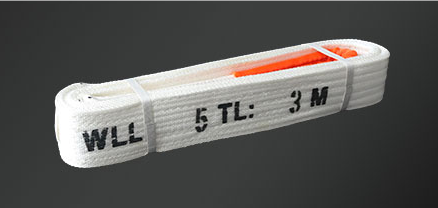Flat lifting belts are difficult to measure with a ruler because they are synthetic and have little elasticity. The difference in measurement method and ruler used in thickness measurement can cause a small range of errors. So it is very normal for users to buy home lifting belt thickness measurement error.

The common measuring tools are calipers and tape measures. No matter which ruler is used, the unified measuring tool can reduce the existence of part of the error. It is normal that the data measured by the ruler will fluctuate between 2-3 mm. If the measurement results have a greater impact on the value of the measurement method is different, the size of the measurement force and measurement position, will affect the measurement data. A small child and an adult due to the different strength of pressing the ribbon, the measured value will be a lot of deviation, such as large tonnage lifting belt because of multi-layer stitching together, the measured value will be 1-2 cm, edge position and suture position of the thickness will also be a lot of difference.
In short, people will certainly be a lot of pressure to measure error with the hand, in order to measure the spectrum of the data also with the help of high-tech products, ultrasonic thickness meter, through the instrument can give ribbon measurement part exerts the same force, by ultrasonic pulse measure the thickness of the flat lifting belt, of course the instrument and only large-tonnage hoisting belt manufacturers can afford, as users want to go. If the user has special requirements, it is possible to ask the manufacturer to help measure it with instruments.